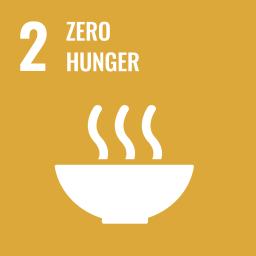The action and its aims
The Navajo Nation Healthy Diné Nation Act introduced a new 2% sales tax on unhealthy foods and beverages and exempted fruits and vegetables from the 5% regular sales tax. Revenues are paid into the Community Wellness Development Projects Fund for projects like vegetable gardens, farmers markets, healthy stores, health education classes, and sports facilities. The aim is to make unhealthy food less affordable and healthy food more affordable, in order to promote healthier diets among the Navajo people.
When it was introduced
The Act, which amends Title 24 of the Navajo Nation Code, was signed into law in November 2014. It took effect in April 2015.
Why it was needed
The Act was considered necessary because the Navajo Nation, a native American territory covering parts of Arizona, Utah, and New Mexico, was classified as a vast food desert, with grocery stores selling almost exclusively ‘junk’ food. Type-2 diabetes is highly prevalent; as of 2012, 25,000 people had diabetes (7% of Navajo people) and 75,000 (21%) had pre-diabetic status.
Who initiated it, who is involved
The Diné Community Advocacy Alliance (DCAA) lobbied for the introduction of a tax on unhealthy food over a number of years. The Navajo Nation leaders voted in favour, and the Navajo Tax Commission issued regulations to promulgate the action. The Navajo Nation Division of Community Development administers the Community Wellness Development Projects Fund.
Impacts to date
No data are available concerning direct impacts of the action on diets or rates of diabetes, but between the last quarter of 2015 and the end of 2017 USD4 million was collected in tax revenue. This means the tax was applied to more than USD90 million worth of foods of little or no nutritious value. More than 1,000 wellness projects have been proposed by the 110 Navajo Chapters.





